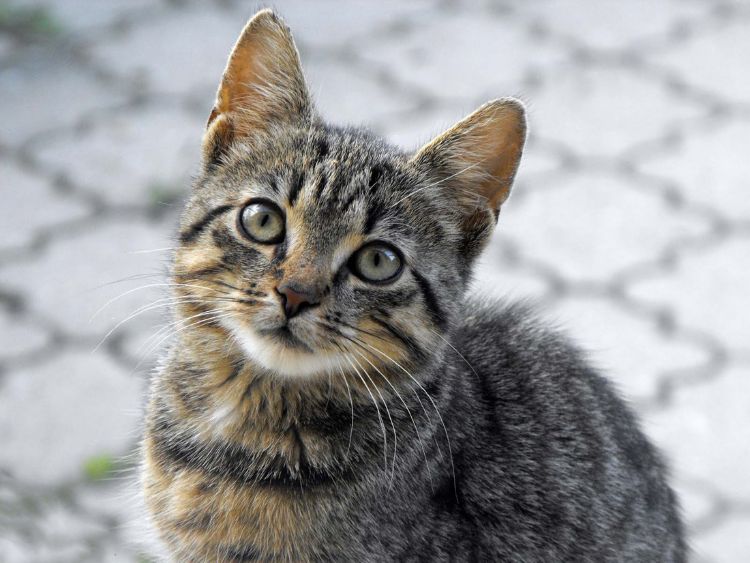Ever found yourself puzzled by your cat’s mysterious ways? Wondering why they suddenly decide your lap is the best place for a nap, or why they insist on knocking objects off tables? Cats, with their enigmatic personalities and curious behaviors, often leave their owners scratching their heads in bewilderment. But fret not! We’re diving deep into the world of felines with a “cat behavior chart” that will help you decode your furry friend’s quirks and actions. So, buckle up and prepare for an enlightening journey into the heart of cat psychology.
The Cat Behavior Chart Explained
At the core of understanding your cat is the cat behavior chart, a roadmap to interpreting what your cat’s actions mean. Let’s break down the most common behaviors:
- Purring: Often a sign of contentment, but can also indicate pain or distress.
- Kneading: This comforting action is a throwback to kittenhood when they kneaded their mother’s belly to stimulate milk flow.
- Head-Butting: A sign of affection and a way for your cat to mark you with their scent.
- Tail Flicking: Can signal irritation or excitement, depending on the situation.
- Meowing: While kittens meow at their mothers, adult cats primarily meow at humans, possibly to get attention or food.
Understanding these behaviors is just the tip of the iceberg. For a deeper dive, let’s explore the nuances of cat communication and interaction.
The Language of Whiskers and Tails
Cats communicate volumes with their body language. Here’s a quick guide to interpreting their most subtle signals:
- Erect Tail: A happy, confident cat.
- Tucked Tail: Fear or submission.
- Slow Blinking: A sign of trust and affection, often called “cat kisses.”
The Nighttime Zoomies: A Feline Phenomenon
Ever noticed your cat getting a wild burst of energy at night? This behavior, often referred to as the “nighttime zoomies,” is perfectly normal. Cats are crepuscular, meaning they’re most active during the twilight hours. Here’s how to handle these energetic escapades:
- Play with your cat during the evening to tire them out.
- Ensure they have plenty of toys to keep them entertained.
Decoding the Mystery of the Litter Box
Litter box issues can be perplexing. Here’s what you need to know to troubleshoot common problems:
- Avoidance: This could indicate a medical issue or dissatisfaction with the box’s cleanliness or location.
- Overzealous Covering: Some cats meticulously cover their waste, while others don’t bother. Excessive covering can be a sign of stress.
FAQs
Q: Why does my cat bring me dead animals? A: This behavior is a leftover instinct from their wild ancestors. It’s not just a gross gift; it’s a sign of affection and possibly a teaching attempt.
Q: Can cats get jealous? A: Absolutely. Cats can exhibit jealousy, especially if they feel their social standing with you is threatened.
Q: How can I tell if my cat is happy? A: Look for signs like purring, a relaxed posture, and a willingness to play or cuddle.
Summary
Deciphering cat behavior with a “cat behavior chart” can deepen the bond between you and your feline friend. By understanding the nuances of their actions and reactions, you can create a happier, more harmonious home for your beloved pet. Remember, each cat is unique, and what works for one may not work for another. Stay observant, patient, and open to learning from your cat. The journey of understanding your feline companion is a rewarding one, filled with love, laughter, and maybe a few head-butts along the way.
This comprehensive guide to “cat behavior chart” not only aims to enlighten cat owners but also to foster a deeper, more empathetic connection between humans and their feline counterparts. By paying close attention to the subtle cues and behaviors, owners can ensure a loving and nurturing environment for their pets, strengthening the bond that ties them together.

